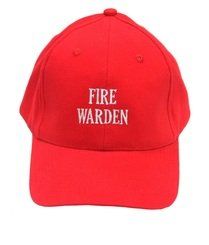EMERGENCY RESPONSE
Every event is different
EMERGENCY RERSPONSE - CHIEF WARDEN, DEPUTY CHIEF WARDEN AND FIRE WARDENS
EMERGENCY RERSPONSE -
CHIEF WARDEN, DEPUTY CHIEF WARDEN AND FIRE WARDENS
Your events emergency response relies on experience and expertise. All SaveLife fire and evacuation staff hold more than just a two-day course qualification. They all come with years of professional emergency training and experience to deal with any emergency.
Our dedicated staff are the best in the business. Years of dedication to the profession of fire and life safety allows them to formulate innovative and cost effective solutions to your fire safety issues. SaveLife Fire Wardens will continually check safety measures are in place and ensure egress distances are maintained.
Every venue and event at which SaveLife operate has an individualised checklist tailored to the site. Not just a cut and paste.
SAVELIFE CAN PROVIDE GUIDANCE AS TO WHICH LEVEL OF WARDEN YOU MAY REQUIRE FOR YOUR EVENT OR VENUE





